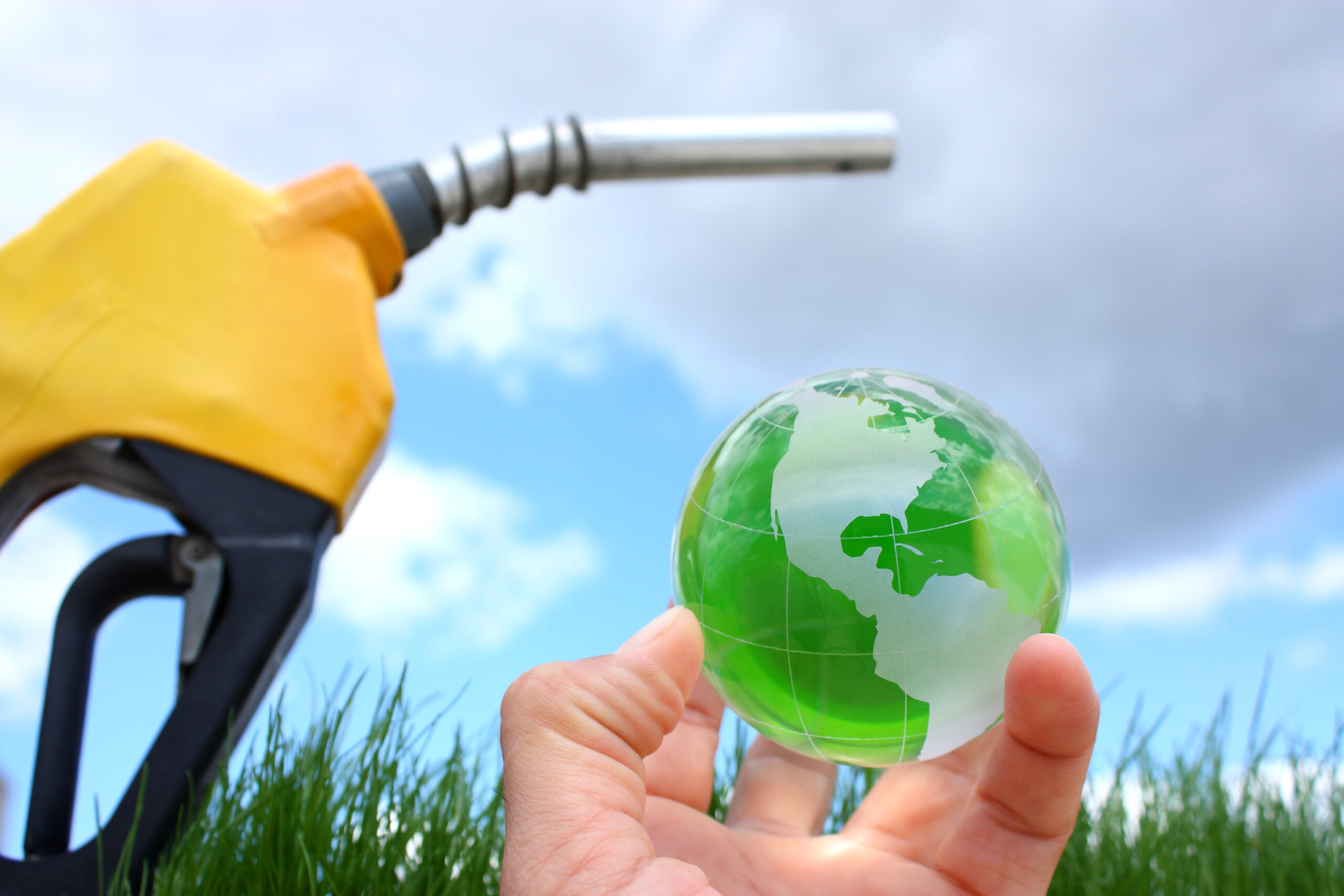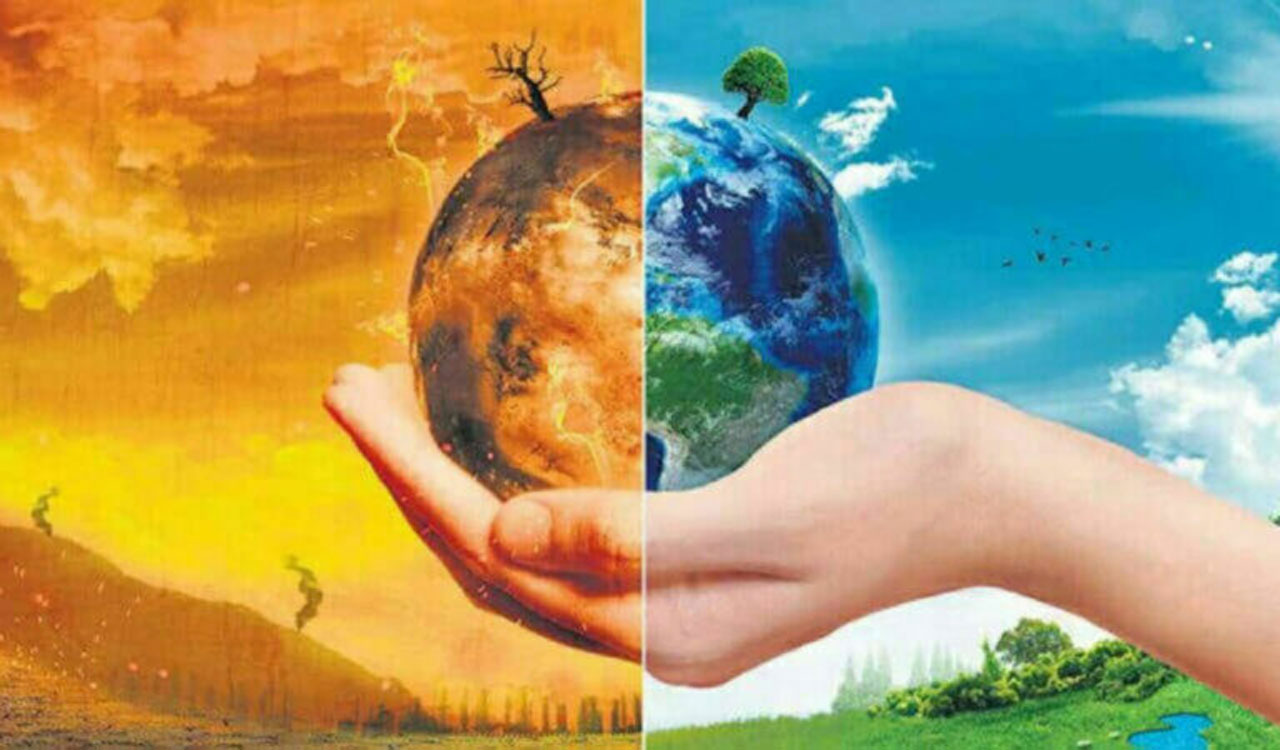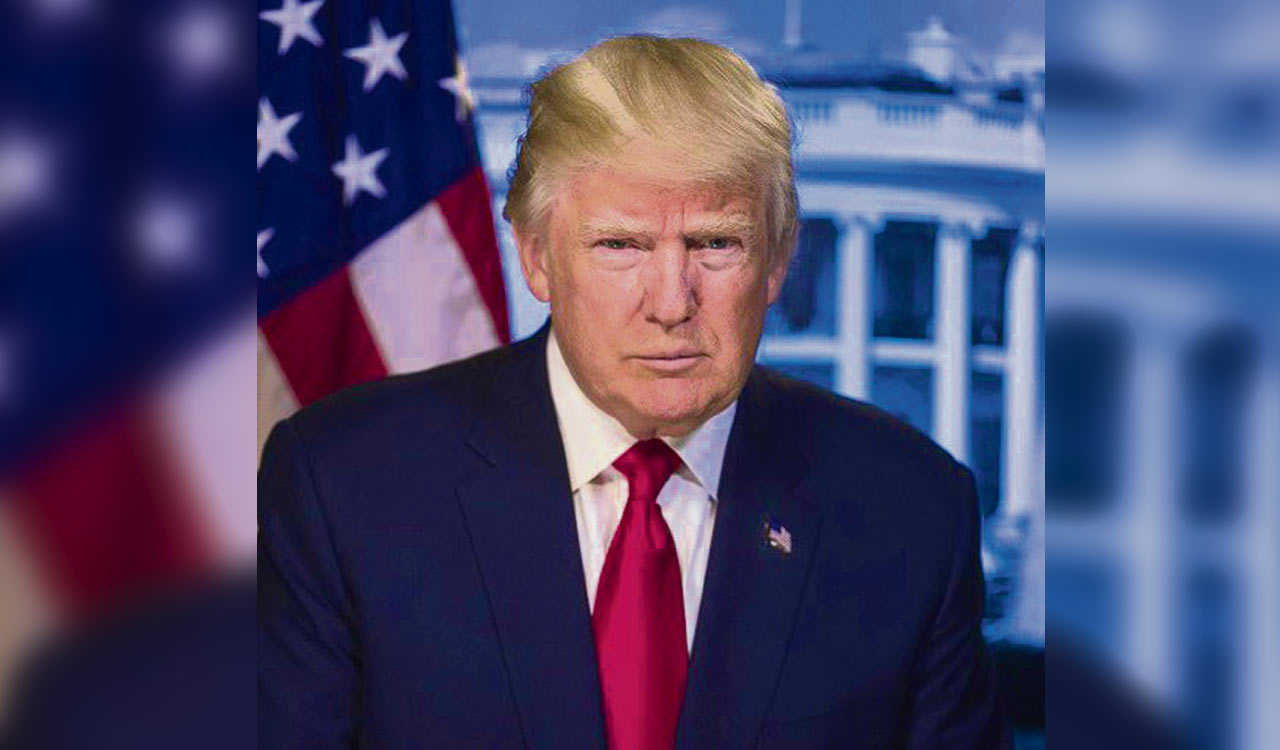COP29: Promises at stake
Will the Baku summit live up to its commitment to achieving climate justice and equity through climate finance?

By Dr Ramesh Chennamaneni
The meeting of the 29th Conference of the Parties (COP29), comprising 196 countries that have ratified the Paris Agreement, a legally binding international treaty on climate change, is on from Nov 11 to Nov 22 at Baku in Azerbaijan. The main aim of COP29, dubbed as ‘climate finance COP’, is to limit global warming to 1.5 degrees C and take a decision for an agreement on a New Collective Quantified Goal on climate finance (NCQG) starting in 2025 to organise urgently needed investments in climate action.
As developing nations demand $1 trillion in annual support, replacing the existing, wholly inadequate $100 billion annual target set in 2009, tensions rise over who should contribute and how funds are allocated. Moreover, will this summit be able to deliver on the promise of climate justice and equity?
Bone of Contention
Developing countries see the push by developed countries to expand the base of countries that should be mandated to contribute to the NCQG as undermining the core principle of the UN-Framework Convention on Climate Change (UNFCCC) adopted in 1992. It acknowledges the common but differentiated responsibilities and respective capabilities (CBDR-RC) of developed and developing countries. It emphasies the need for equity by taking into account the historical responsibility of industrialised countries as major emitters of greenhouse gases. Under a polluter-pays understanding, the Convention mandates industrialised countries (23 countries listed under its Annex) to support developing countries financially.
They insist that the principles of equity and CBDR-RC apply to the NCQG as, according to them, the Paris Agreement comes under the Convention. Hence, they reject any obligation of countries still listed as developing countries under the Convention (such as China and other emerging economies) to be mandated to pay for the NCQG.
Developed countries, on the other hand, dispute that the Paris Agreement is under the Convention and bound by its annexes differentiating countries’ obligations. They point to their own financial difficulties and the enormous amount of support needed. Developed countries argue that a number of emerging economies, primarily China and fossil fuel-producing nations in the Gulf region with their growth in wealth and accumulation of aggregated emissions over the past 30 years, should be compelled to contribute to the NCQG.
The total cost of damage from climate-related events globally involving 1.6 billion people was approximately $2 trillion between 2014 and 2023
Several developed countries, including prominently Canada and Switzerland, proposed potential criteria such as per capita income or either accumulated or per capita emissions in technical submissions. Switzerland wants countries other than developed ones that “are among the ten largest current emitters and have a purchasing power parity adjusted gross national income per capita of more than $22,000” also to pay. This formula would bring Russia, Saudi Arabia and possibly China into the pool of mandated climate finance contributors.
Several developing country groups, including Arab states and the African group along with civil society, have suggested an annual amount between $1 trillion and $1.3 trillion, or $5 trillion and $6.9 trillion, roughly in line with the cost estimates for implementing developing countries’ nationally determined contributions (NDCs) by 2030.
Structure of Climate Finance
Climate finance refers to local, national or transnational financing — drawn from public, private and alternative sources of financing — that seeks to support mitigation and adaptation actions that will address climate change. Mitigation means preventing or reducing the emission of greenhouse gases (GHGs) into the atmosphere to make the impacts of climate change less severe. Adaptation means anticipating the adverse effects of climate change and taking appropriate action/adjusting to prevent or minimise the damage they can cause, or taking advantage of opportunities that may arise.
To facilitate the provision of climate finance, the Convention established a financial mechanism to provide financial resources to developing country parties. These are Global Environment Facility (GEF) that operates the Special Climate Change Fund (SCCF), Least Developed Countries Fund (LDCF), Green Climate Fund (GCF) and Adaptation Fund (AF). Over the past three decades, the GEF has provided more than $25 billion in financing and mobilised $145 billion for country-driven priority projects. More than 250 projects have been approved, with a total volume of $13.9 billion, going in roughly equal measure to mitigation and adaptation activities. Together, the LDCF and SCCF have deployed more than $2 billion in grants for over 500 projects benefitting around 70 million vulnerable people.
On the other hand, the recent report from the International Chamber of Commerce (ICC) estimated that the total cost of damage from climate-related extreme weather events globally involving 1.6 billion people was approximately $2 trillion between 2014 and 2023. Separate data released last week by Europe’s Copernicus Climate Change Service confirms 2024 is likely to be the hottest year on record.
India is among the top 10 most affected countries in the Global Climate Risk Index 2021. The country may lose anywhere between 3 per cent and 10 per cent of its GDP annually by 2100 and its poverty rate may rise by 3.5 per cent in 2040 due to climate change. This reality is before us: during the recent monsoon, 29 out of 33 districts in Telangana were declared flood-hit with catastrophic storms damaging lives, livelihoods and assets. The Telangana government reported the loss of 39 lives and damage to public property of about Rs 5,400 crore while that of private property was estimated at least three times more.
Role of Stakeholders
The members of the Group of Twenty (G20) play a pivotal role as they are responsible for approximately 80% of global greenhouse gas emissions. The focus of their climate policies varies and depends on national circumstances. The discussion about the financial contribution has become even tougher at COP29 following the re-election of former US President Donald Trump, a climate denier whose campaign vowed to remove the top historic greenhouse gas emitter and leading oil and gas producer from the landmark 2015 Paris Agreement to fight climate change for a second time.
During climate negotiations, parties coordinate in groups along similar national circumstances and interests. These include the Group of 77 (G-77) and China, an association of developing countries, and the Umbrella Group, which comprises many developed countries. The European union and its member states speak as one group. Civil society plays a key role in coordinating between the parties. As news spread that an agreement on carbon credits was reached at the Summit on the first day itself, it is hoped that this would be followed by others, most importantly, on how to finance climate action.

(The author is Humboldt Expert on Agriculture, Environment & Cooperation)
Related News
-
Cartoon Today on December 25, 2024
7 hours ago -
Sandhya Theatre stampede case: Allu Arjun questioned for 3 hours by Chikkadpallly police
8 hours ago -
Telangana: TRSMA pitches for 15% school fee hike and Right to Fee Collection Act
8 hours ago -
Former Home Secretary Ajay Kumar Bhalla appointed Manipur Governor, Kerala Governor shifted to Bihar
8 hours ago -
Hyderabad: Organs of 74-year-old man donated as part of Jeevandan
8 hours ago -
Opinion: The China factor in India-Nepal relations
9 hours ago -
Editorial: Modi’s Kuwait outreach
9 hours ago -
Telangana HC suspends orders against KCR and Harish Rao
10 hours ago




